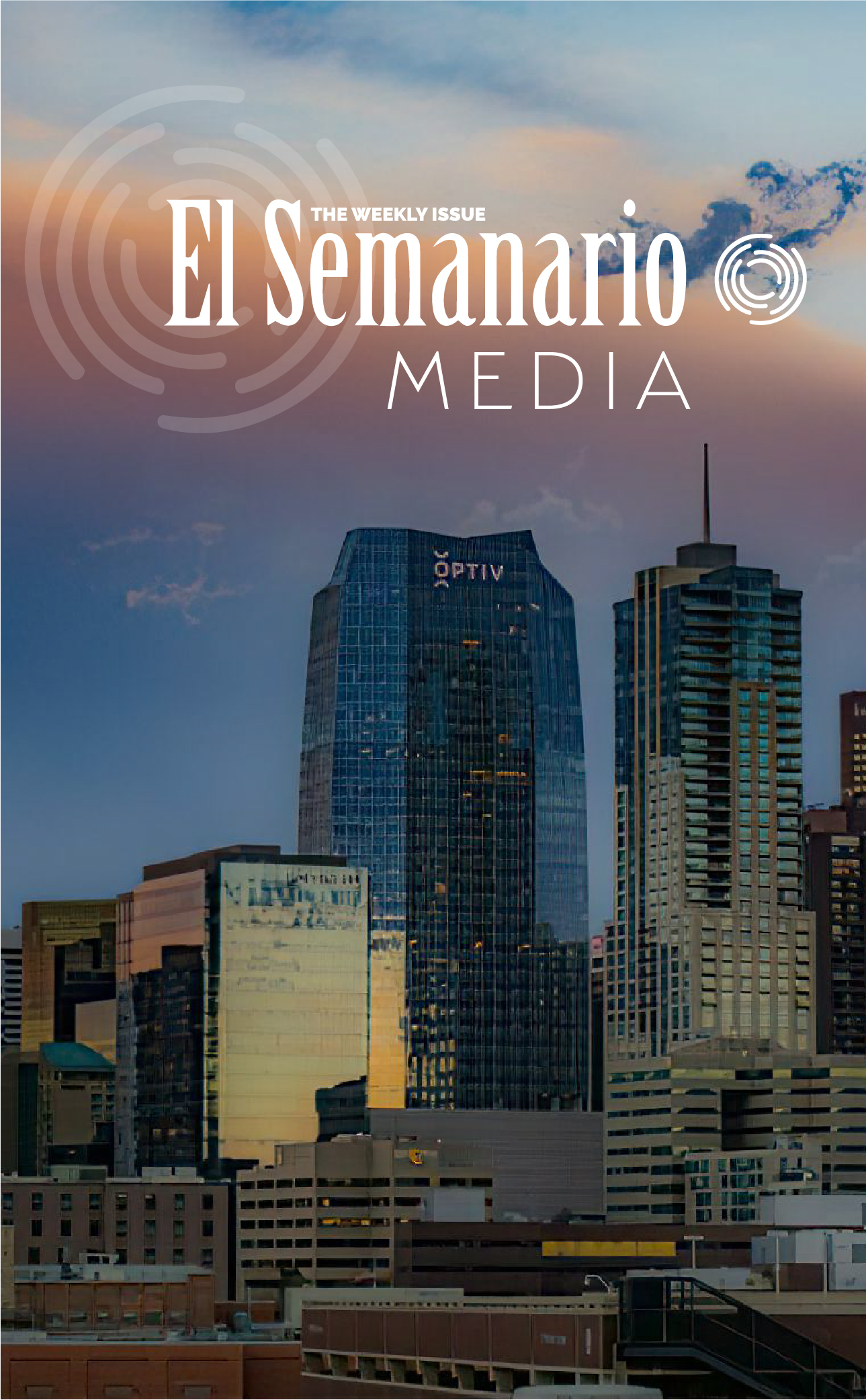Heidi Gerard
Posted June 20, 2024
Treating addiction is hard. But as someone who’s in recovery and now helps mothers on their own recovery journey, one thing is very simple: We need more investment in the solutions that work.
Every person in recovery has their own story.
My grandmother was an American missionary who rescued and adopted my mother — an orphaned infant in Iran — and supported us financially. When she died, life became much more challenging.
Our national addiction response, including centers like mine, needs real investment so families have a fair shot of success.
We moved from our affluent Maryland neighborhood to rural South Dakota, where my mother had music teaching credentials and the cost of living was lower. But as a new brown girl and the daughter of an immigrant, being different there was difficult.
Almost anything that went wrong in that insular community school was somehow blamed on me. The bullying and harassment were constant and terrifying. And when my mom sent me to escape that treatment with another caretaker in northern Nebraska, I suffered sexual abuse and fell into a crowd that was using drugs.
By the time we got back to Maryland, the damage was done. I became pregnant and started using, only to see my child’s father die of an overdose.
I got clean, turned my life around, and was happy and successful as a teacher in an elementary school. I suffered a relapse after I got back together with an old boyfriend from my days of using, who was eventually imprisoned for dealing. But I finally found Narcotics Anonymous, got sober again, and tried to help him — I even married him while he was incarcerated.
Although I was ultimately unable to save him, I learned so much about the prison system, the extreme difficulties of re-entry for people who are experiencing addiction, and about recovery. I understood my calling was to help those who needed it most — mothers returning from incarceration with substance abuse disorders.
I now run a non-profit organization that focuses on moms and children in need of support related to addiction — whether that means finding a home, escaping domestic abuse, transitioning out of prison, or regaining custody. We provide wrap-around services so that the whole family is treated — not just one symptom.
We get some government funding, but it’s woefully small compared to the need. Nationally, about 2.5 million people aged 18 and older had an opioid abuse disorder in 2021 — and nearly 300 people died of overdoses every single day. Yet only 36 percent of those experiencing addiction received any treatment at all.
Medication treatment is even rarer — only 22 percent received it, most of them urban white men over 35. These disparities must be addressed.
The opioid crisis is a public health crisis and should be treated as such, with sufficient investments from all parts of the government in evidence-based prevention, treatment, and recovery efforts. We need an integrated, systemic, and whole-of-government approach that links treatment services with good science — and consciously aims to correct deficiencies in our health care, justice, education, and social service systems.
That’s not my diagnosis. That’s the recommendation of our own federal National Institutes of Health.
The problem is widespread, the gender and racial treatment disparities are stark, and the consequences of inaction are dire. But the good news is that the evidence for what works is overwhelming. Our national addiction response, including centers like mine, needs real investment so families have a fair shot of success.
Heidi Gerard is the founder and Executive Director of ChrysantheMoms, Inc. This op-ed was distributed by OtherWords.org.
- Will Filling Out Student Aid Form Target Undocumented Parents for Next President’s Mass Deportations? - January 10, 2025
- Calling On President-Elect Not to Pardon Rioters - January 10, 2025
- Righting a Wrong, Name By Name: the Irei Monument Honors Japanese Americans Imprisoned By the US Government During World War II - January 10, 2025







